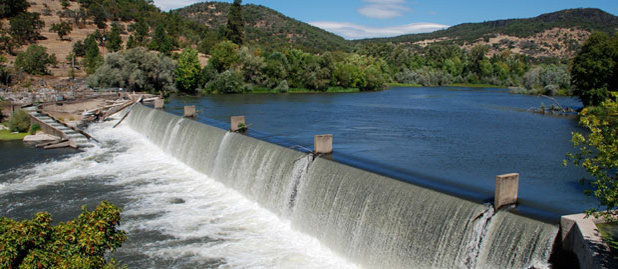|
Hydroelectric Power
Impacts on Birds
Gold Ray Dam by Oregon Hydroreform Coalition
Background
Hydropower is
the capture of the energy of moving water to turn an electricity-producing
turbine. The first hydroelectric power plant was built in
1882 in Appleton, Wisconsin to provide 12.5 kilowatts to light
two paper mills and a home. Today's hydropower plants generally
range in size from several hundred kilowatts to several hundred
megawatts, but a few mammoth plants have capacities up to
10,000 megawatts and supply electricity to millions of people.
Impacts on birds
If reservoirs are involved in the production of hydropower, as is frequently the case, hydropower is not a renewable energy source. All reservoirs eventually fill with sediment, limiting the generating life of the plant. Some reservoirs have already filled, and many others are filling faster than expected. In a few hundred years Glen Canyon Dam and Hoover Dam will become concrete waterfalls. |
